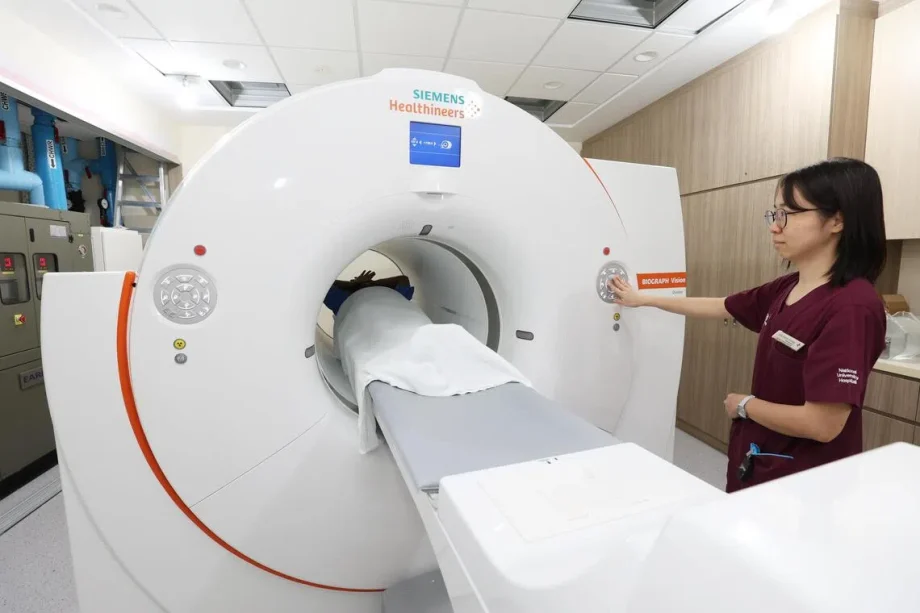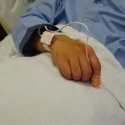SINGAPORE – A new scanning system at the National University Hospital (NUH) will help medical professionals here to diagnose cancer and determine its spread faster, while also making the process more comfortable for the patients.
The Siemens Biograph Vision Quadra is a total-body PET/CT scanner which combines two imaging techniques – positron emission tomography (PET) and computerised tomography (CT) – to produce highly detailed images of the body.
It is expected to be operational by early November and will serve about 2,900 patients per year, while also supporting a wide range of clinical trials and research programmes.
Produced by German medical technology firm Siemens Healthineers and located at the NUH Medical Centre in Lower Kent Ridge Road, the new system is believed to be the first total-body PET/CT scanner in Singapore.
Professor Khong Pek Lan, who heads the diagnostic imaging department at NUH, described the next-generation scanner as a “transformative leap forward in medical imaging”.
“A major benefit is the marked gain in sensitivity – nearly eightfold that of conventional scanners – for our patients. This means faster, safer and more comfortable scans, reducing scan times to under five minutes, and radiation exposure by up to 80 per cent,” she said.
“The system also enables dynamic imaging, which is especially important for research and drug development, allowing us to track biological processes in real time,” added Prof Khong, who also heads the diagnostic radiology department at NUS Medicine.
She noted the scanner has a wider scanning area of more than 1m – more than four times that of conventional scanners – which allows more of the human body to be imaged at the same time.






